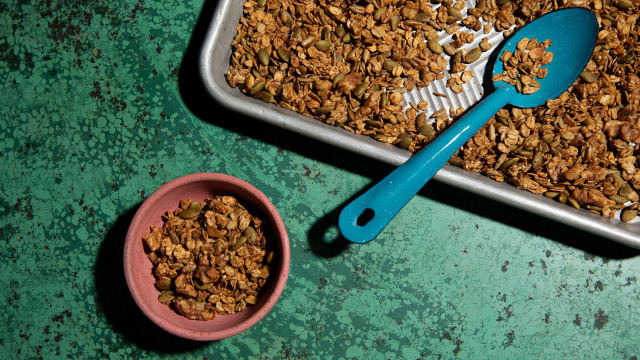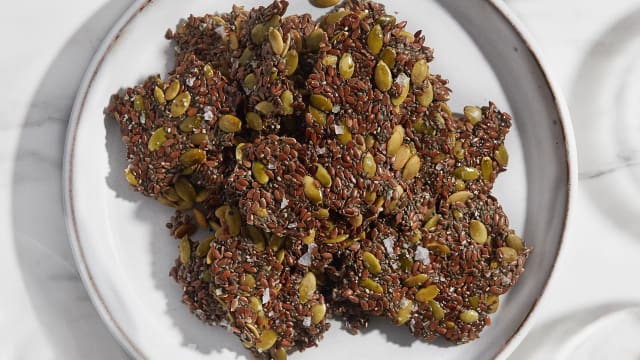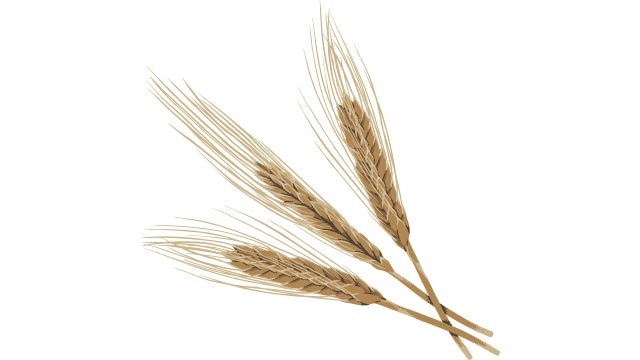Sunflower

Latin name: Helianthus annuus
Other names: helianthus, girasole
Uses: Nut/seed, oil
What are sunflower seeds?
Sunflower seeds form after their flowers mature, and there are two types of edible sunflower varieties — one grown for oil, and the other for snackable seeds. Oil seeds have solid black shells, while edible seeds have black-and-white striped shells that must be removed before the seed is eaten. One sunflower head may yield up to 2,000 seeds. Sunflowers are iconic symbols of hope and happiness, with their yellow, orange, red, or even purple petals turning to face the sun.
Why are sunflower seeds healthy?
Sunflower oil is high in vitamin E, an important antioxidant and key player for optimal immune function. It is also a source of linoleic acid, an essential fatty acid that we cannot make ourselves. Sunflower seeds may be beneficial for chronic inflammatory conditions, bacterial and fungal infections, cardiovascular diseases, skin diseases, and even some cancers.
What do sunflower seeds taste like?
Sunflower seeds have a gently nutty taste and a firm texture that softens quickly when chewed. Roasting enhances their flavor.
How do I use sunflower seeds?
The most common way of eating sunflower seeds is to roast them — with or without salt or other seasonings. They can be enjoyed as is, or used to enhance salads or desserts like brownies. Dehulled kernels are sold raw or roasted, and sometimes added to bread and other baked goods. Sunflower seeds can also be used to make a seed butter (just like peanut butter), which has significantly less saturated fat than other seed butters.
What do sunflower seeds pair well with?
Sunflower seeds can stand in for allergy-causing ingredients such as peanuts, pine nuts, or cashews. A purée or milk extracted from the seeds can also be used to replace dairy for vegan recipes.
Where do sunflower seeds grow?
Sunflowers are grown worldwide but are believed to have originated in Mesoamerica; seeds have been excavated in ruins dating to 2,100 BCE in Mexico. They were introduced in the early 16th century to Europe, from where they made their way to oilseed cultivators in Russia.
How to buy sunflower seeds:
You can buy them hulled or unhulled; either way taste one and make sure it doesn’t have any rancid (linseed oil) notes.
Fun sunflower seed fact:
Tsar Peter the Great was so taken by sunflowers growing in the Netherlands that he brought some back to Russia. The crop became popular when the Russian Orthodox Church determined that sunflower seed oil was not forbidden during Lent, unlike other oils banned during this season.




